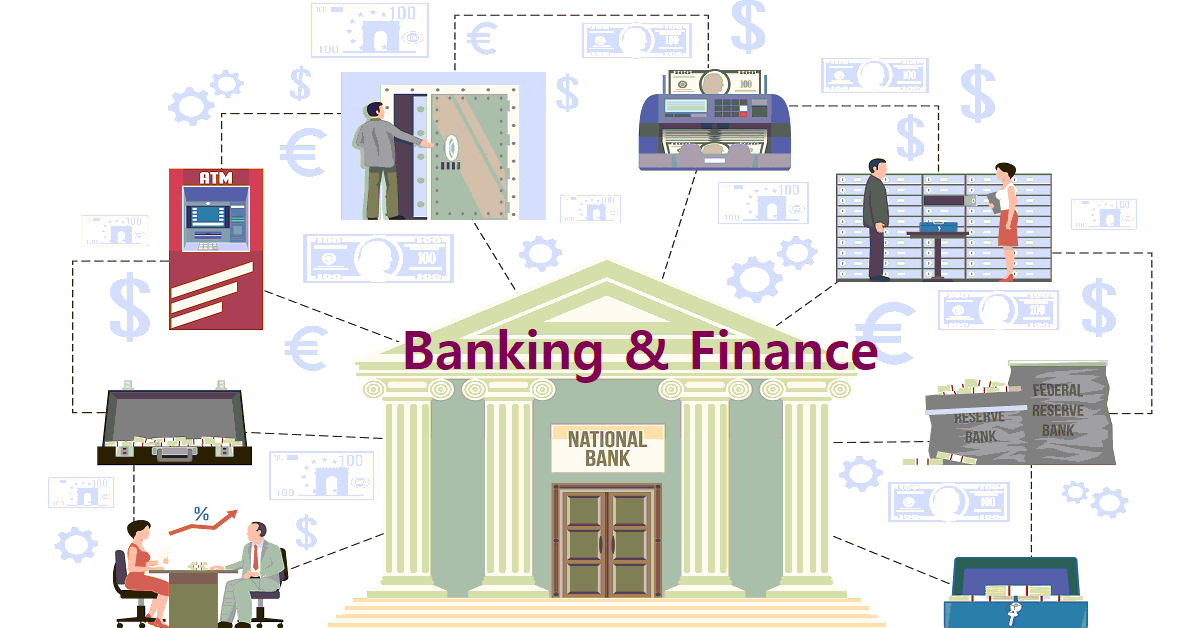
The banking industry has undergone significant changes in recent years, driven by technological advancements and shifting customer expectations. With increasing competition and the need to stay ahead of the game, major players in the industry are employing innovative strategies to stay relevant and meet the evolving needs of their customers. In this article, we will explore the latest trends and changes in the banking industry, and examine the key competitive strategies being employed by major players in the sector.
Latest Trends and Changes in the Banking Industry
The banking industry is undergoing a digital transformation, with an increasing shift towards digital banking services. According to a recent study by Accenture, the growth of digital banking has been phenomenal, with a 47% increase in adoption between 2016 and 2018. This trend is set to continue, with digital banking expected to reach a global market size of $11.4 billion by 2023.
The rise of digital banking has disrupted traditional banking models and changed the way customers interact with their financial institutions. Customers now expect a seamless, user-friendly digital experience, with easy access to their financial information and a range of online services.
Adoption of Digital Technologies and Its Impact on the Industry
The adoption of digital technologies has revolutionized the banking industry, offering new opportunities for growth and efficiency. Digital technologies such as mobile banking, online banking, and blockchain have transformed the way financial institutions operate, providing them with new ways to reach and engage with customers.
According to a report by McKinsey & Company, digital technologies have the potential to generate cost savings of up to 30% for banks, while also improving customer satisfaction and loyalty. For example, mobile banking apps allow customers to manage their finances from their smartphones, making it easier and more convenient to access financial services.
Key Competitive Strategies Being Employed by Major Players in the Industry
In order to stay ahead of the competition and meet the evolving needs of customers, major players in the banking industry are employing a range of innovative strategies. These strategies are designed to provide customers with a superior digital experience, while also improving efficiency and reducing costs.
One such strategy is the adoption of digital transformation. Major players in the industry are investing in digital technologies to streamline operations and improve the customer experience. For example, a recent case study by Accenture shows how a major player in the banking industry successfully transformed its business model through the adoption of digital technologies. The bank was able to reduce costs, improve efficiency, and offer a superior digital experience to its customers, leading to increased customer satisfaction and loyalty.
Another key strategy is the development of new financial products and services. Major players in the banking industry are constantly exploring new ways to meet the evolving needs of their customers, and are using digital technologies to develop innovative financial products and services. For example, mobile wallets and digital payments are becoming increasingly popular among customers, and major players in the industry are exploring ways to offer these services through their digital channels.
Impact of Regulatory Changes on the Industry
Regulatory changes are also having a significant impact on the banking industry. For example, the introduction of the EU's Payment Services Directive (PSD2) has made it easier for customers to access their financial information, while also increasing competition and innovation in the sector. These regulatory changes have forced banks to re-think their business models and strategies, and have created new opportunities for growth and efficiency.
Future Outlook and Predictions for the Industry
The future of the banking industry looks bright, with digital transformation set to continue to drive growth and innovation. Major players in the industry are expected to continue to invest in digital technologies, as they seek to improve the customer experience and reduce costs. Additionally, the rise of alternative financial services, such as fintechs and online lending platforms, is also expected to drive competition and innovation in the banking sector. This presents both challenges and opportunities for traditional banks, as they strive to maintain their market share and stay ahead of the game.
In conclusion, the banking industry is undergoing significant change and transformation. The adoption of digital technologies, the rise of alternative financial services, and regulatory changes are all having a major impact on the industry. Banking professionals, financial industry analysts, investors, and business owners must stay up-to-date on the latest trends and competitive strategies in order to make informed decisions and succeed in this ever-evolving industry.
"The banking industry is constantly evolving and adapting to new challenges and opportunities. Those who can keep up with the pace of change and effectively implement competitive strategies will be the ones who succeed in the future," says [Name], a banking industry expert.
So, be sure to stay ahead of the game in the banking industry by staying informed on the latest trends and competitive strategies. Utilize digital technologies, focus on the customer experience, and stay ahead of the curve in this rapidly changing landscape. The future of the banking industry is exciting, full of opportunities and growth, and ready for those who are willing to embrace change and innovation.
Banking and Finance




